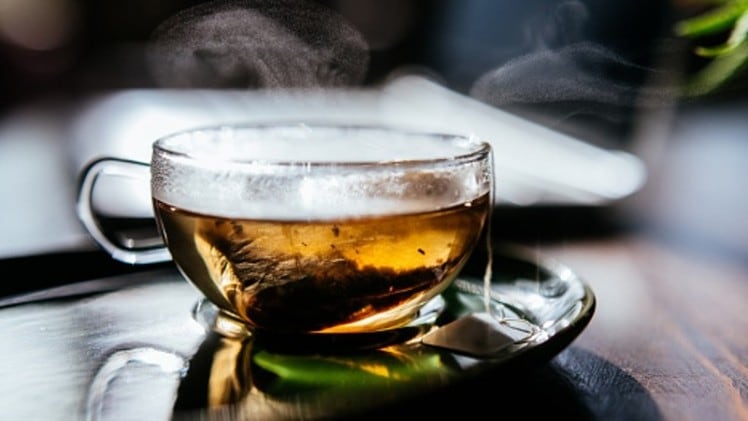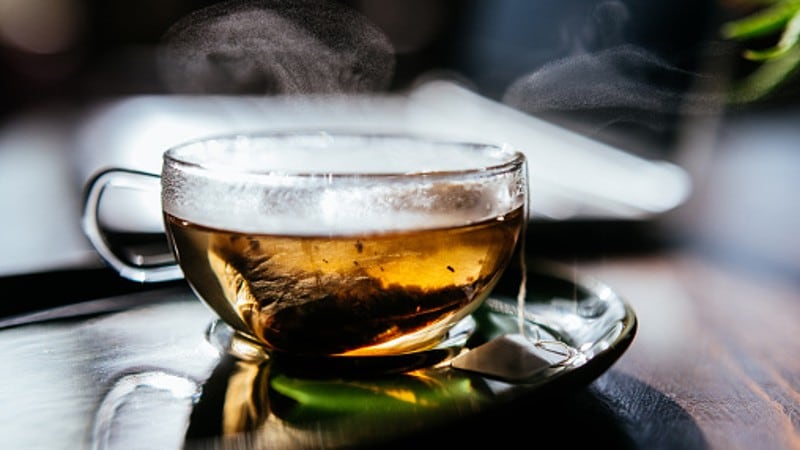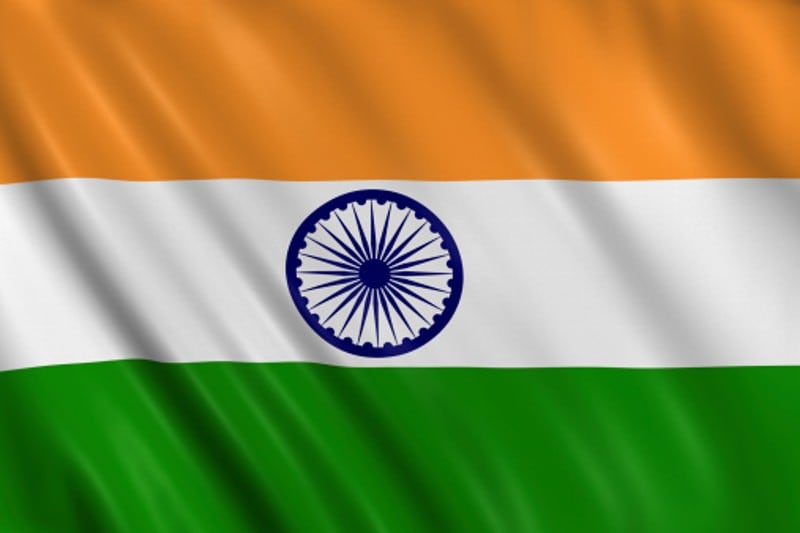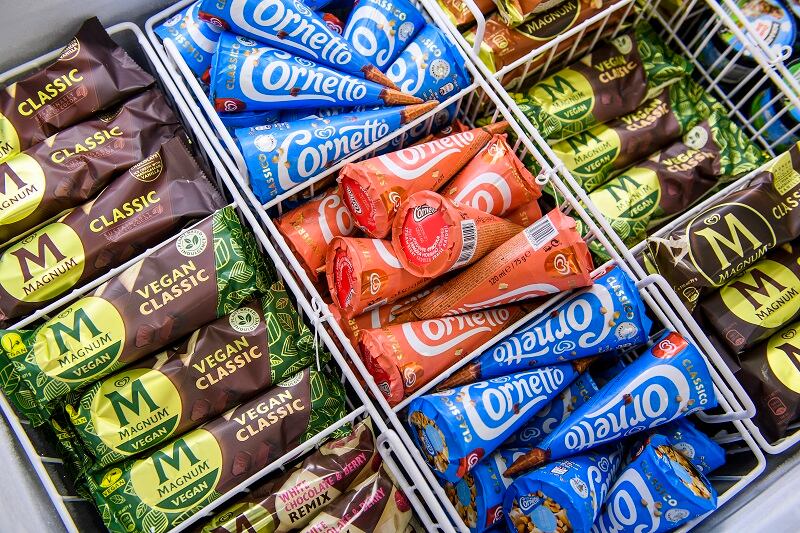Unilever India or Hindustan Unilever Limited (HUL) recently released its FY2023 results, reporting a 16% year-on-year growth in turnover to hit INR581.5bn (US$7.09bn) and 12.9% growth in profits after tax to INR99.6bn (US$1.21bn).
Whilst the firm has managed to successfully navigate the impacts of economic turmoil to maintain growth in its profitability, it has had to make concessions in order to mitigate inflation in a variety of commodities, such as milk.
“In particular milk inflation has been the primary challenge as inflation has been high, so in the wake of this we piloted several innovations in order to make products such as Horlicks more affordable,” HUL CEO Sanjay Mehta said during the results conference.
“These included 3-in-1 ready-mix variants as well as the creation of Millet Chocolate Horlicks, which utilises a variety of millets like ragi, jowar, kanngani and bajra to provide natural sources of nutrients including calcium, iron, protein and fibre.
“This has worked well for us, as we have managed to strengthen the consumer franchise and gain market share handsomely. Other areas where innovation has been at the forefront are in our ice cream business, led by a strategy to deseasonalise ice cream consumption and the creation of many innovations such as the Chuski range (non-milk ice pops with a focus on local flavours).”
HUL CFO Ritesh Tiwari added that the worst is believed to be over as various commodity prices are making a return to normal levels, although caution is still warranted and product innovation is a prime strategy to ensure minimal impacts.
“Lately, we have seen various commodities correct from their peak inflation, which moderated on a year-on-year basis and saw easing in some of these commodities,” he said.
“Clearly, the worst of inflation is behind [us], but inflation has not gone away – [so innovation strategies are still crucial], such as in ice cream where even a well-established brands such as Cornetto has put focus on launching many new items like Cornetto Salted Caramel Brownie, Hazelnut Chocolate Ice Cream tub, the Boost Sandwich Ice Cream and more.
“Going forward, we expect the price-volume growth to rebalance further [and for] price growth to continue to tail off [due] to price reduction in categories where we are seeing commodity inflation.
“We also expect volumes to recover gradually due to high levels of cumulative inflation and the fact that consumption habits typically recover with a lag, [being] mindful that FMCG market volumes have been declining for almost a year and a half.”
Tee-ing up tea
HUL also sees its tea business as a very important growth driver given not only its market position but also the fact that tea was the fastest to recover from inflationary pressures in India.
“In tea, we are the value and volume market leaders and have widened the gap versus our nearest competitor [utilising strategies such as] crafting unique blends for different parts of the country and driving premiumisation,” Tiwari added.
“The development of the tea commodity has been different from other categories - the way the commodity market played out last year, premium tea which we use the most in our products saw much higher inflation [compared to plainers] which go into making loose tea, which did not see that amount of inflation and in fact saw price correction.
“Hence the gap between premium tea and the loose tea prices widened [and this] is the reason why we saw consumers downgrading [but sales of tea were still there] – we are hopeful that other markets will see normalisation this year just like tea.”





